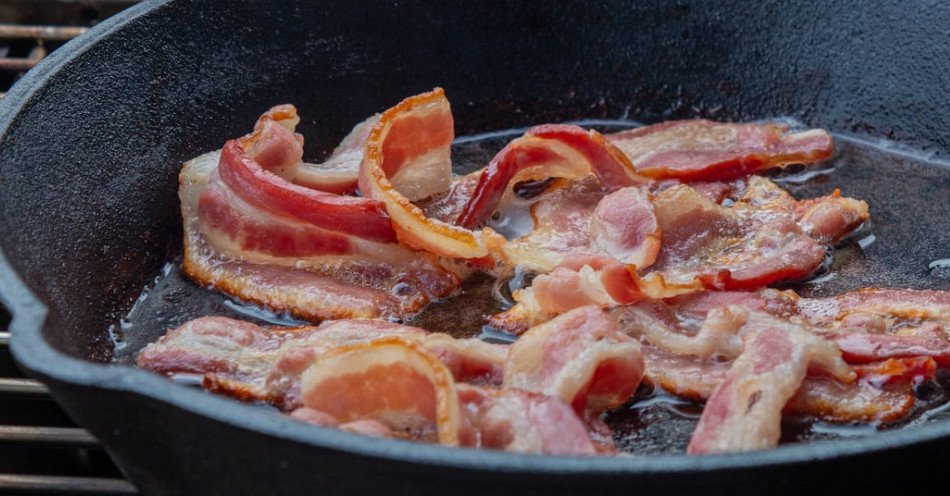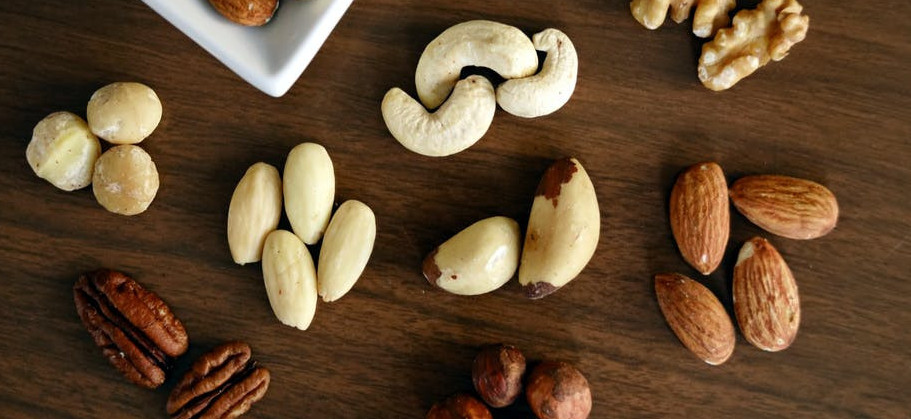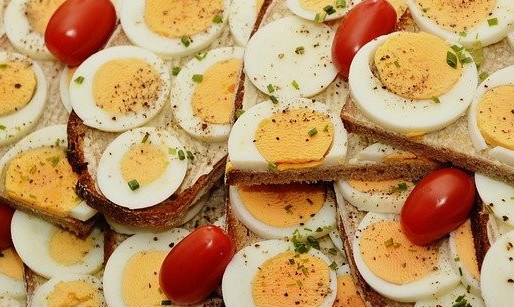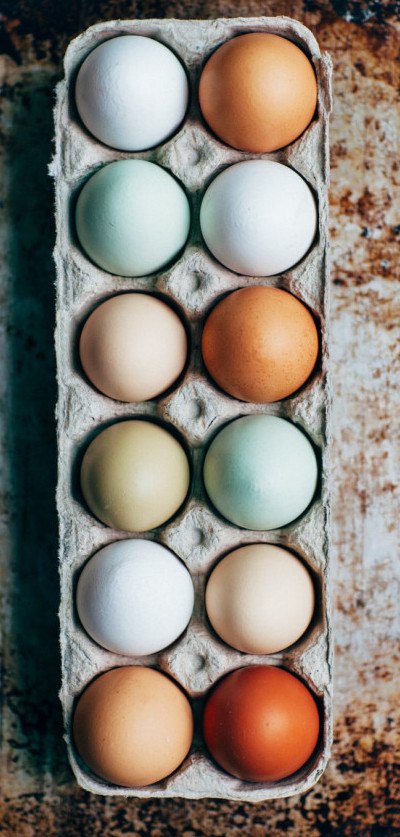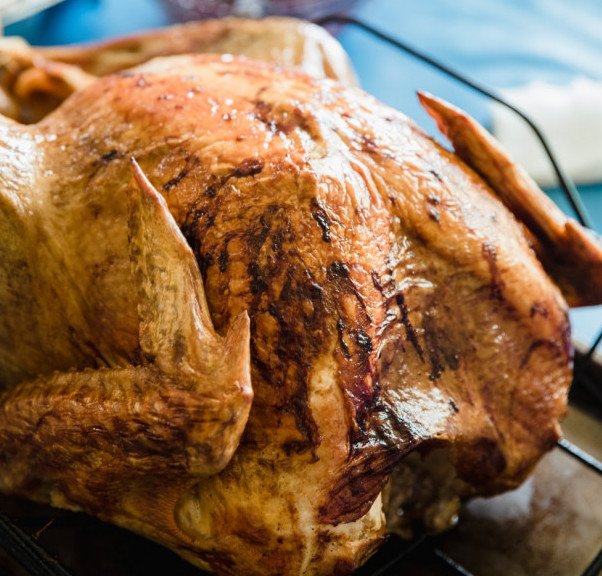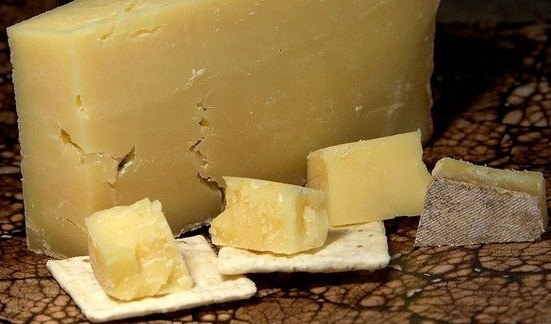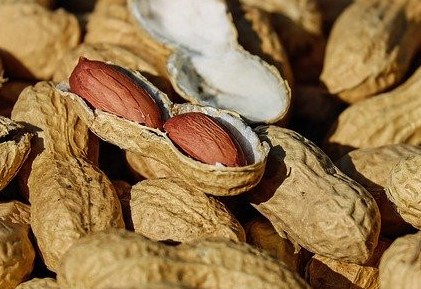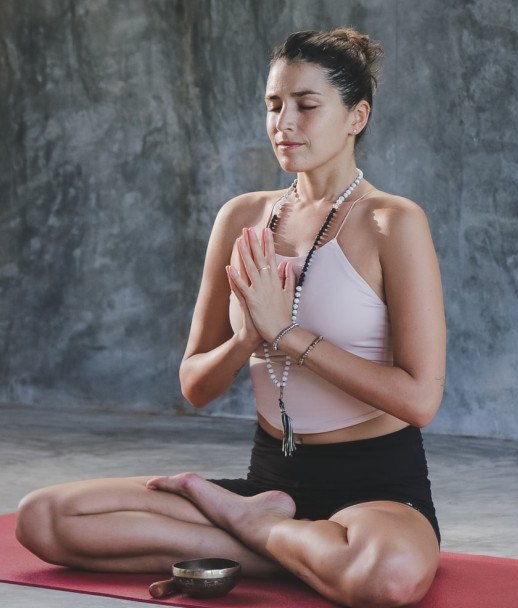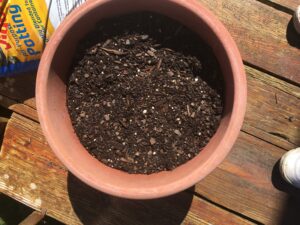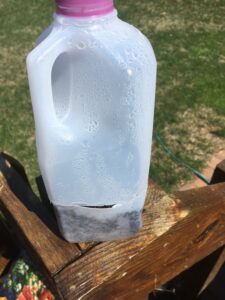You have heard all the raving about how wonderfully rich liver and organ meats are. The “Strong Sistas” rave about buying a cow and eating “nose to tail” but it just doesn’t seem that practical. Kelly Hogan and Dr. Shawn Baker dismiss the idea that you need to eat nose to tail.
Well, I’ve got great news for you. It can be simple, cheap and easy to eat nose to tail.
No, you don’t have to go out and buy a second freezer. There is no need to rush out to a nearby farm and put an order in for a whole pig.
You can eat nose to tail with grocery store sales. You can do it on a budget. You can gain all the benefits of organ meat and gelatin with a quick stop to the grocery store. It can be very simple.

Buy a Whole Chicken
So, it may be more like nose to beak, but when you purchase a whole chicken, you can gain the benefits of nose-to-tail eating. All you need to do is roast the chicken in the oven and eat the crispy skin. Eat the chicken breasts and thighs. With the remaining carcass, create a rich bone broth.
Sometimes whole chickens will come with a bag of the organs that you can eat too. I would simple sautee them in A LOT of butter (because I love butter) and cut them into bite-sized pieces. I usually down them with a gulp of water.
Make sure you:
- Eat the skin
- Eat the breasts
- Eat the thighs and wings
- Boil up the carcass
- Eat the organs

Eat More Eggs
Eggs form into a whole animal. They have all the components for the chicken or duck to grow into a bird. Eating an egg can be considered as eating nose-to-tail. Eggs are great scrambled, soft-boiled, hard-boiled, deviled, and over-easy.
If you are adventurous, you can swallow the yolk whole. The yolk is the portion that would have created the chick. It contains many of the vitamins and nutrients that you need in a very easily absorbable form.
Eggs are readily available at the grocery store for an inexpensive price. If you want to support regenerative agriculture, you can visit your local farmers market and purchase pastured eggs. While they will cost more than the conventional eggs, you’ll get five times the nutrients from them. Either way, it is a great way to get some nose-to-tail action into your diet.
Collagen and Gelatin
Collagen is an excellent way to enhance your carnivore diet if you are worried it focuses too much on muscle meat. If you aren’t keen on making your own bone broth, you can scoop some collagen into your coffee or tea (which I know aren’t carnivore).
There isn’t a strong flavor to collagen and it will support the protein synthesis of your hair and nails. If you’re lucky, you’ll have faster-growing hair and stronger nails!
[easyazon_infoblock align=”none” cart=”n” identifier=”B005KG7EDU” locale=”US” tag=”mcurle08-20″]
Chicken Livers
Most grocery stores sell chicken livers for about $1 per pound! That is an excellent price per pound for the nutrition that you’ll get. Best of all, you don’t have to make a special trip to the farm to pick up an organ. They are right there in your local grocery store.
Chicken livers have a milder taste than beef liver. I sautee mine in butter and eat small pieces at a time. I favor the flavor of the butter over the flavor of the liver.
Dehydrated Supplements
For people who aren’t nearly as adventurous as Dr. Paul Saladino, you can buy dehydrated brain, liver, kidney, thymus, and heart from Ancestral Supplements. There are a few other brands that sell grass fed organ meat supplements.
This is a more expensive option, but it is super convenient. It is ideal for when you are traveling and want to get in your daily serving of offal. You can order it through Amazon Prime and get it delivered straight to your door in 2 days.
[easyazon_image align=”none” cart=”n” height=”500″ identifier=”B0756S6YGF” locale=”US” src=”https://images-na.ssl-images-amazon.com/images/I/51NJYquQHrL.jpg” tag=”mcurle08-20″ width=”500″]
Order Rocky Mountain Oysters
When you are in the West, order Rocky Mountain oysters. You’ll eat testicles. When I was a missionary in Colorado for the Mormon church, some members served me Rocky Mountain oysters. Being the city slicker from the East Coast, I stupidly replied, “Oh, I like oysters…” I had no idea what they were.
Be careful. Most of the time Rocky Mountain Oysters are deep-fried in vegetable oil. If you really want to try them fried, you may have to make them at home and fry them in tallow or bacon grease. [easyazon_infoblock align=”none” cart=”n” identifier=”B01LVYNJ3P” locale=”US” tag=”mcurle08-20″]
Canned Salmon
When it comes to eating fish, salmon has loads of vitamin D. Even the cans of salmon that are labeled “boneless salmon” tend to have bits of bone in them. This can help you get some calcium and minerals into your diet without making bone broth.
Three ounces of canned salmon per day can help you meet your daily recommended vitamin D intake (if you believe the cronometer app). Canned salmon is also fairly high in iodine as well.
When purchasing canned salmon, you may want to check the label and make sure that it is packed in water and not soybean oil.
One of the great things about buying canned salmon is that you can often find coupons and sales for them. They can be purchased very inexpensively.
[easyazon_image align=”center” cart=”n” height=”373″ identifier=”B074H6MCJW” locale=”US” src=”https://images-na.ssl-images-amazon.com/images/I/41tKX8AW3bL.jpg” tag=”mcurle08-20″ width=”500″]
Sardines
They are just little fish. You eat the whole fish each time you consume a sardine. All the goodness that is in the bone marrow, organs and skin.
One can of Atlantic sardines (about 3 ounces) contains 191 calories, 22 grams of protein and 10 grams of fat. It is one of the best available sources of vitamin B12.
Sardines are readily available from your local grocery store. You can also order them from Amazon.
Sardines pack easily for a snack or lunch. You can take them hiking with you or on a road trip.
[easyazon_image align=”center” cart=”n” height=”329″ identifier=”B000HDOPGA” locale=”US” src=”https://images-na.ssl-images-amazon.com/images/I/51COMGzlvmL.jpg” tag=”mcurle08-20″ width=”500″]
Ground Beef
Ground beef is just muscle meat, right? Well, maybe. Most likely they incorporated some connective tissue and ground it up. Even though ground beef is one of the cheapest cuts of meat you can purchase from the grocery store, it may be helping you to achieve that nose-to-tail goal.
If you have your own meat grinder at home, you can sneak some liver into your ground beef and make meatballs or burger patties out of them. It is an excellent way to boost your nutrition!
So, you may realize that you probably have been eating a bit more nose to tail than you thought! I know that some people swear that they only eat ribeyes, but if they are getting in a few eggs they are occasionally eating nose-to-tail! Ideally, you will make friends with a hunter who gives you some fresh meat, but if you’re just starting out why not vary your diet with these different nose-to-tail eating options!
